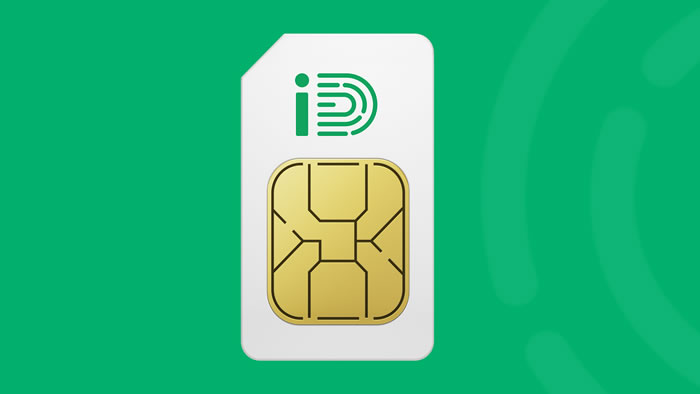The new fiber optic Internet subscriptions provide a particularly stable connection, and above all a more than comfortable speed to take advantage of the best that the web can offer you. How it works ?

Fiber optics: the definition
The principle of fiber optics is as simple as it is revolutionary. An ultra-thin wire, made of glass or plastic, transmits data instantaneously and in the form of light signals, which are decrypted upon receipt. The signal is transmitted by imperceptible variations of laser light, which can travel without any loss over hundreds or even thousands of kilometres.
This is the reason why optical fiber was first used to connect countries, continents or large nodes in telecommunications networks. Today, the “France Very High Speed” plan aims to connect fiber to the home (“Fiber to the Home” or FTTH) to as many individuals as possible.
The differences between ADSL and optical fiber
The difference between ADSL cable and fiber optic? First a question of speed! Where the best ADSL 2+ connections will hardly exceed 22 Mbits/s, fiber will typically provide you with a downlink speed of more than 100 Mbits/s, even in isolated areas. And with much better stability.
Unlike ADSL technology, which depends on the copper network, optical fiber is indeed insensitive to the distance traveled and therefore allows all connected homes to benefit from the same quality of service. Once you have switched to fiber, the days when you had to settle for a speed of less than 1 Mbit/s because of the distance from the Optical Connection Node (NRO) will seem a long way off!
The advantages of fiber optics
This type of connection is highly recommended if you’re an avid consumer of movies and other video content, as you’ll enjoy minimal download times or much higher resolution if you prefer streaming or VOD.
Fiber will also be an asset if you or your company need a reliable and efficient connection for your professional activity.
Finally, the same goes for online video games, for which you will benefit from an ultra-short latency (“ping”) time likely to provide a decisive advantage on the battlefield!



